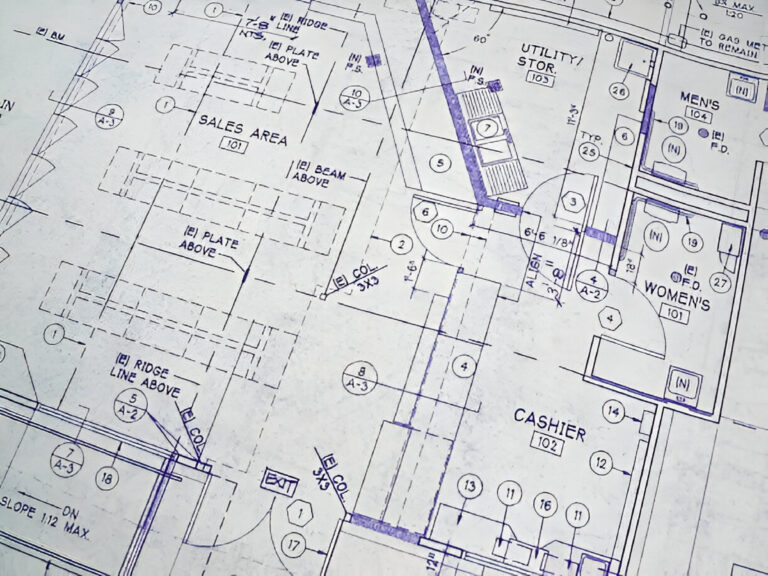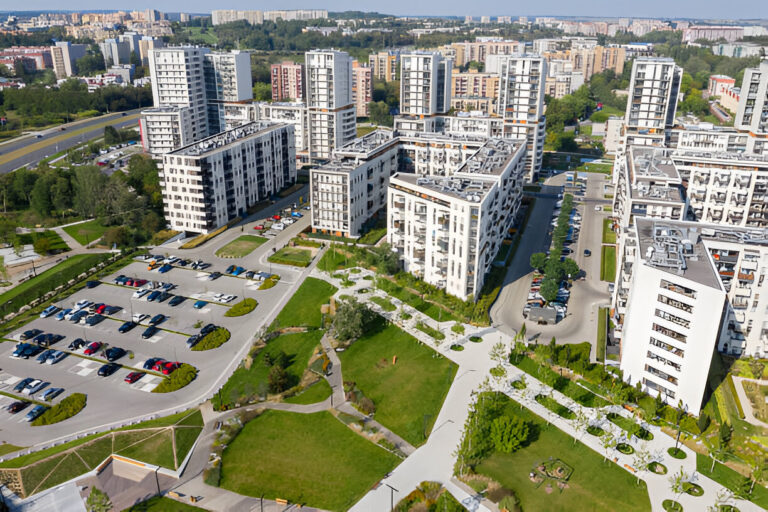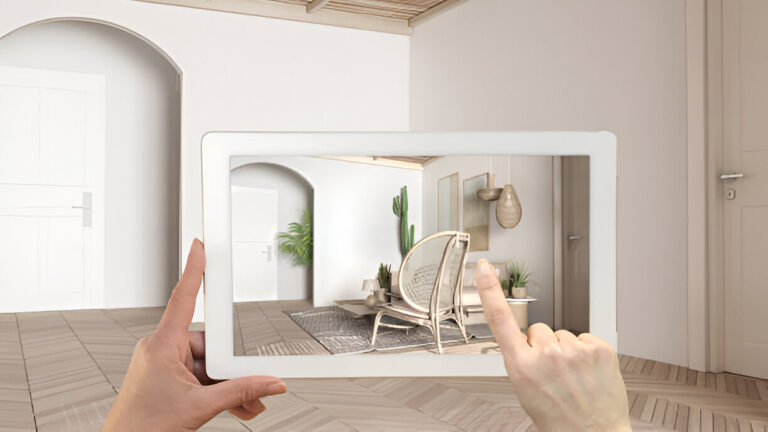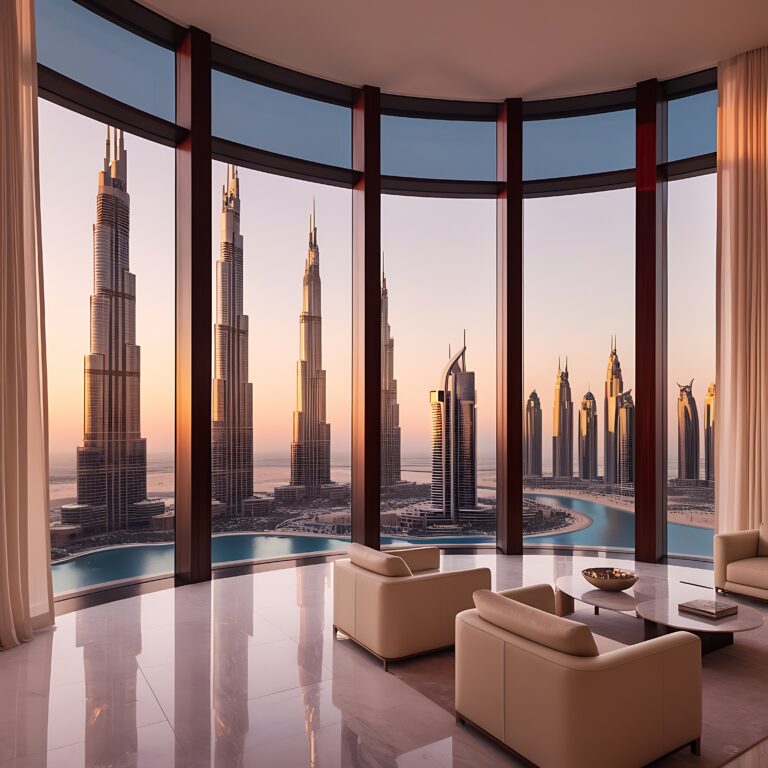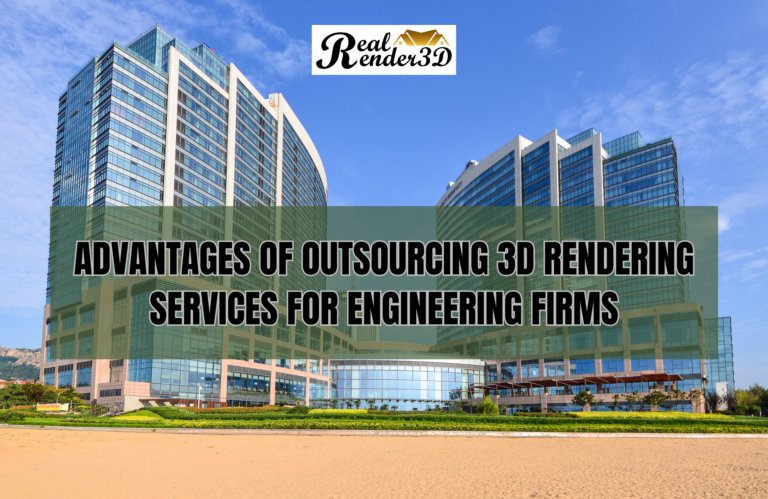The Role of CGI in Modern Architecture
Innovation breeds business longevity. For the architectural landscape, utilising advanced technologies enables further developments. One of the technologies that developed massive contributions to an architect’s work process is CGI — or Computer-Generated Imagery.
The potential of CGI in the modern architecture industry, especially its visualisation, warrants significant advantages, allowing architects, designers, and real estate developers to understand other opportunities or potential of their designs.
As a CGI company, we understand more than anyone else that CGI is no longer a luxury made for corporations that have the resources to spend in implementing a 3D visual output; nowadays, incorporating 3D visuals and CGI technology is a necessary pursuit that aids with the development of an architectural firm’s entire process.
Let us uncover more about the role of CGI in modern architecture with today’s blog post.
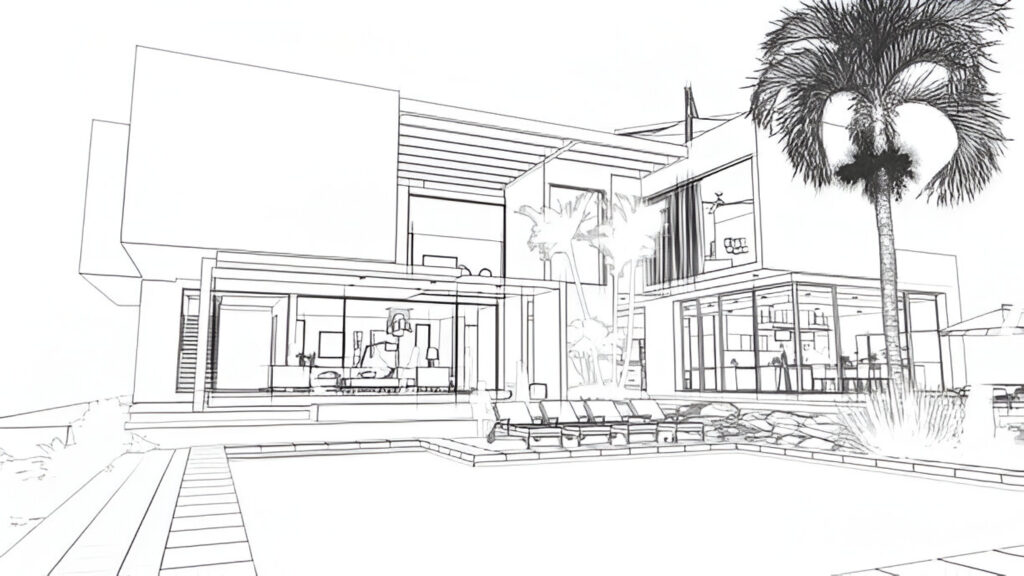
The Role of CGI Rendering in Architecture
Architectural CGI enables architects, designers, and developers to develop an accurate illustration of their blueprints in the most efficient and precise detail. Its visualisation capabilities and precise imagery avoid critical oversights and warrants the elevation of modern architectural practices.
Elevating CGI Modern Architectural Practices
One of the most evident transformations that CGI brought to the architectural and real estate industry is how it redefines traditional workflows and elevates abstract ideas into actual, tangible visuals that offer engagement and immersion.
In the hands of an innovative architect or designer, CGI or 3D visuals can supplement more than just a visual idea of a blueprint.
Here are some of its advantages.
Development of Visual Communication
Architectural concepts can be complex, and conveying them effectively to clients or investors is often challenging.
CGI simplifies this process by presenting designs in high-quality visuals that clearly depict layouts, materials, lighting, and textures.
Instead of relying solely on blueprints or sketches, architects can use CGI to immerse clients in a realistic representation of the proposed structure, fostering better understanding and decision-making.
Photorealistic Renderings
From the sheen of glass facades to the actual illustration and trick of the light on hardwood floors, CGI allows the production of photorealistic renderings that offer clarity.
The realism, of course, attracts attention and reduces the likelihood of misunderstandings or miscommunications that may cause dissatisfaction later in the process.
Seamless Design Iteration

Evaluating different design processes and testing various materials, colours, and layouts in a virtual environment is an advantage CGI is renowned for.
It is an agile pursuit to meet client preferences, reduces the time spent on multiple revisions, and guarantees the final design aligns with the envisioned outcome.
Virtual Reality and Walkthroughs
Incorporating the immersive qualities of VR technology, and precise visuals of CGI systems are an invaluable marketing tool that helps property developers to market and sell properties.
Virtual Reality (VR) technology with CGI in modern architecture landscape enables virtual exploration of a property before the physical construction.
It immerses stakeholders in walking through the property, providing them with a first-hand experience of the space’s dimensions, aesthetics, and functionality.
Functionality and Sustainability Planning
CGI renderings in modern architecture provide valuable information necessary to ensure that the design does not impede the entire functionality of the property or establishment. It introduces the proper tools to use, including materials and deep understanding of dimensions.
CGI ensures that designs maintain a sustainable foundation, optimising the entire architectural process eliminating the risk of potential construction issues.
Development of Collaboration
Visualization fosters collaboration. At the heart of the grandest architectural design process, there is a team that has made it all possible.
Involving inputs of designers, engineers, and contractors warrants a more mobile and streamlined workflow that resolves even the minutest of details — as long as there is a unified understanding of singular design.
Using CGI in modern architecture fosters collaboration, which many consider a shared visual language. Utilizing 3D models and architectural rendering to communicate ideas, identify possible risks and challenges, and devise effective solutions.
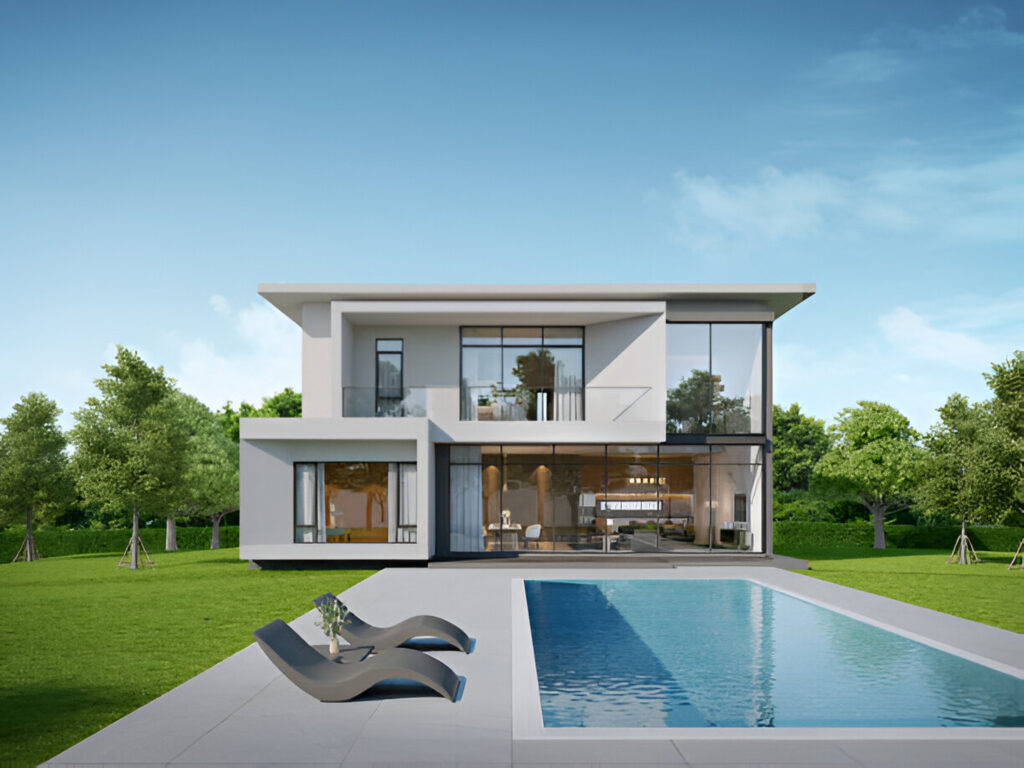
CGI Across Different Architectural Sectors
The architecture sector has a vast array of industries and projects that will require the visualization advantage of modern architecture CGI.
Its capabilities extend from property developers to other commercial projects. Here are its distinct benefits.
Interior Rendering and Exterior Rendering
CGI develops interior rendering and exterior rendering, enabling homeowners to visualize interiors, furniture layouts, and landscaping in detail, ensuring their preferences are met.
Commercial Buildings
Developers can showcase office spaces, retail centres, and hotels with compelling visuals that attract investors and tenants.
Property and Urban Planning
City planners utilize modern CGI to model large-scale developments, assess infrastructure requirements, and visualise community spaces.
Renovations and Restorations
Architects can simulate the transformation of old structures, providing clear insights into the outcome.
Architectural Animation
Property developers utilise architectural animation to showcase a property and immerse their clients on the potential of the property that they are planning to purchase by maximising the use of CGI in modern architecture.
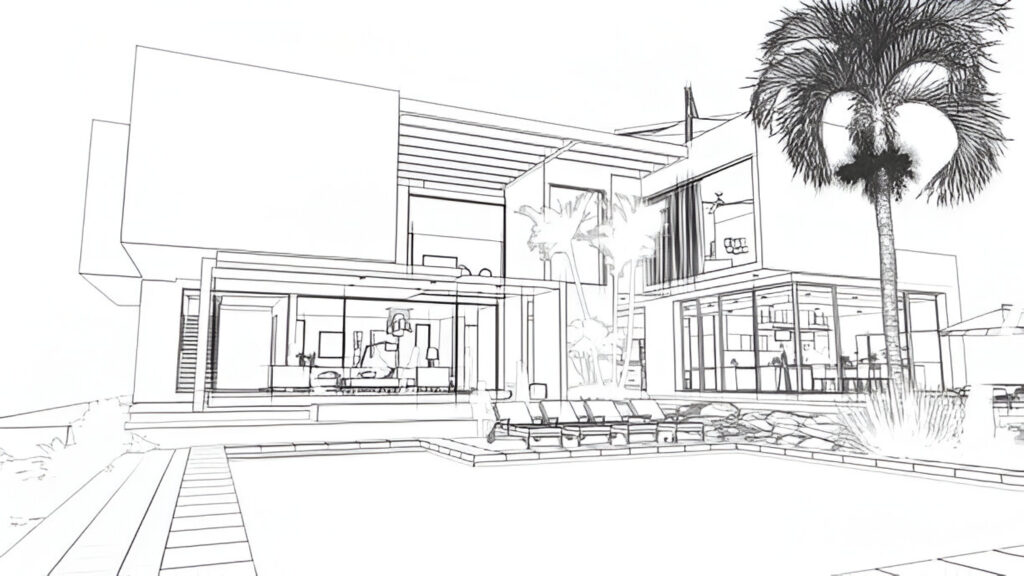
How CGI Visualization Breaks Architectural Tradition
Traditional design processes and presentation methods work. However, the modern process requires modern solutions, and those who fail to implement these innovations can no longer remain competitive.
The adoption of visualization CGI warrants creativity and develops a more precise design. An advantage that traditional architecture does not have the luxury of.
In the hands of developers, CGI visualization is an indispensable tool that effectively markets their properties. High-quality renderings and animation clearly communicate the project’s value increasing the chance of generating sales.
However, one of the most crucial aspects of incorporating a CGI rendering is its cost-effectiveness. It reduces extensive revisions elevates the scalability of the project.
The Future of CGI in Modern Architecture
As technology continues to evolve, the role of CGI in modern architecture will only expand. Emerging trends, such as augmented reality (AR), artificial intelligence (AI), and real-time rendering, are poised to further enhance CGI capabilities.
These advancements promise even more immersive and efficient design processes, solidifying CGI’s position as a cornerstone of architectural innovation.
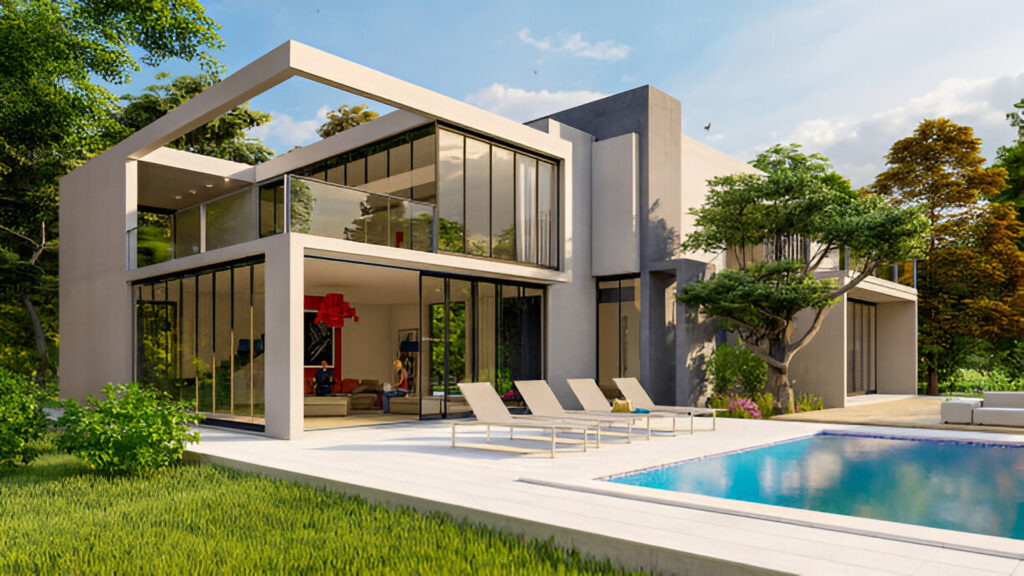
Partner with RealRender3D for Unparalleled CGI Services
For architects, developers, and designers seeking to harness the power of CGI, partnering with a reliable and experienced provider is essential.
At RealRender3D, we specialize in delivering top-tier CGI services and rendering architects that are tailored to your unique needs. Our commitment to quality, precision, and innovation ensures that your projects meet and exceed expectations.
Whether you need photorealistic renderings, immersive walkthroughs, or detailed 3D models, our team of experts is ready to bring your vision to life. With cutting-edge technology and a client-centric approach, we aim to support your architectural endeavours and help you achieve outstanding results.
Ready to Transform Your Projects with CGI?
Contact us today to learn more about our services and discover how we can elevate your designs with state-of-the-art visualisation CGI solutions. Visit our website at RealRender3D to get started. Together, let’s shape the future of architecture with the power of CGI.
Frequently Asked Questions
What is the role of CGI in modern architecture?
CGI, or Computer-Generated Imagery, plays a transformative role in modern architecture by providing precise visualisation of architectural designs. It enhances workflows, reduces critical oversights, and fosters better collaboration among architects, designers, and developers.
CGI in Modern Architecture elevates abstract concepts into realistic visuals, ensuring projects align with envisioned outcomes.
How does CGI improve communication in architecture?
CGI simplifies complex architectural concepts through high-quality visuals that clearly depict layouts, materials, and textures.
This visual representation helps architects effectively convey ideas to clients and investors, fostering better understanding, trust, and decision-making during the project planning phase.
What are the advantages of photorealistic renderings in architecture?
Photorealistic renderings deliver lifelike visuals, capturing details such as lighting effects, material textures, and spatial dimensions. These realistic representations reduce misunderstandings, streamline revisions, and create an engaging presentation that attracts clients and stakeholders.
How does CGI support sustainable architectural design?
CGI provides tools to simulate and analyze the functionality and sustainability of designs before construction begins.
By optimizing material choices and dimensions in a virtual environment, CGI ensures designs meet sustainability goals while minimizing potential construction issues and waste.
Why is CGI considered essential in the future of architecture?
As technology evolves, CGI remains integral to modern architecture. Emerging trends like augmented reality (AR), artificial intelligence (AI), and real-time rendering promise even more immersive and efficient design processes.
By adopting CGI, architects and developers stay competitive, offering innovative and cost-effective solutions for their projects.

